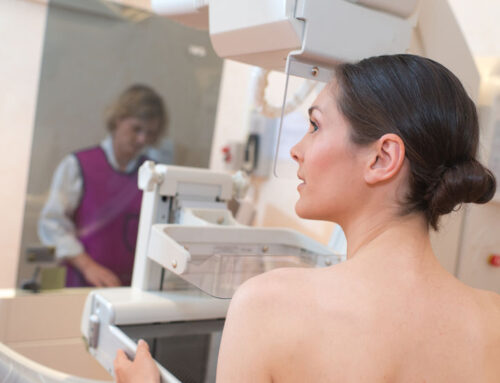The First Well-Woman Exam
A woman’s first well-woman exam can be an anxious visit. The exam will consist of taking basic health measurements, a pelvic exam, and a breast exam. Bringing a person for moral support is recommended. Knowing what to expect in advance can help calm nerves. When should a young woman start visiting the gynecologist? Below are tips to prepare for a woman’s first appointment.

When should a girl go to the gynecologist?
Young girls generally don’t need to see a gynecologist before the age of 13. Any concerns surrounding the female reproductive system, gastrointestinal issues, or menstruation should be brought to a gynecologist. Delayed puberty or menstruation are reasons a young female, under the age of 16, might be brought to a gynecologist. Pelvic exams are not needed before age 21 unless the female is sexually active.
Other reasons to visit the gynecologist
Young girls may be uncomfortable discussing body topics with parents. Seeing a gynecologist early, despite pelvic and breast exams not being needed, can create a healthy relationship between the patient and doctor. The doctor will be able to explain more detailed information about the menstrual cycle, sexuality, and body changes. Gynecological visits are more than just physical exams. The visits teach the importance of safe sex and the benefits of a healthy lifestyle.
Preparing for the first visit
Not much is needed to prepare for the first well-woman exam. The patient will be asked about any current medications, sexual, surgical, and family medical history. The exams may be uncomfortable at first, but this is completely normal. The doctor should explain every part of the exam at the beginning of the appointment. Bringing someone to the exam is recommended and can help calm nerves. If the patient is over the age of 18, all details of the exam are confidential and will be kept between the patient and doctor. For patients under the age of 18, some details may be provided to the parents. The most important part of the exam is honesty.
What to expect
The exam will start with a nurse taking the patient’s weight, blood pressure, and heart rate. The doctor will start with a basic explanation of what the exam will entail and answer any questions. Depending on the doctor, the parents may be asked to leave the room during the pelvic exam. Breast exams for teenagers are not common. STD testing is not a standard part of a well-woman exam but will be recommended to sexually active young women.
Pelvic exam
The pelvic exam is the same for teenagers and adult women. The patient will be asked to undress from the waist down and put on a gown. The patient will lay on a table with knees bent and legs apart. A sheet will be placed across the patient’s thighs. The doctor will notify the patient before touching any private areas. The doctor will examine the external genitalia before performing the internal exam.
The internal exam has 2 parts: the use of the doctor’s hands and the use of the speculum. To exam the size and position of the uterus, the doctor will place one hand on the bottom of the abdomen and two fingers inside the vagina. The second part of the internal exam involves the use of a speculum. The speculum will open the vagina and allow the doctor to examine the uterine walls and the cervix. A Pap smear will also be performed during the second part of the exam. During the Pap smear the doctor will use a small brush or spatula to scrape a cell sample from the cervix.
Breast exam
During the breast exam the doctor will have the patient lay flat. The doctor will quickly feel around the breast tissue for lumps. The color, size, and texture of the breast tissue will also be noted. Breast exams are generally not performed on women under the age of 21.
First exams
First well-woman exams are always a bit uncomfortable. In many cases, the exam is a young woman’s first in-depth medical review. Depending on age, the first well-woman exams may not involve breast or pelvic exams. Talking about any concerns or questions will help put the patient at ease. Women who have questions about when to bring a daughter to the gynecologist can consult with a healthcare provider.




